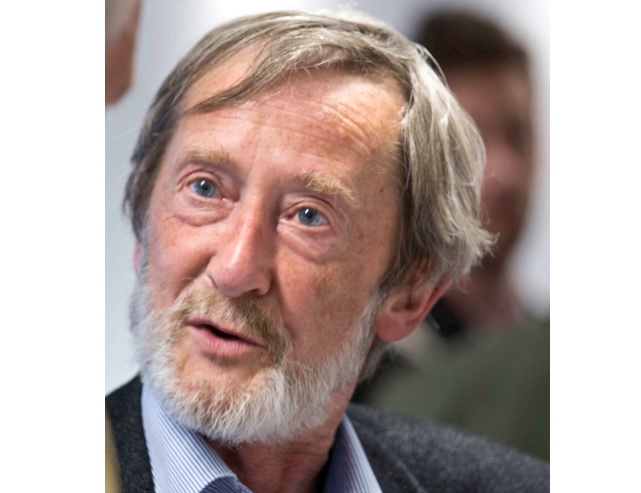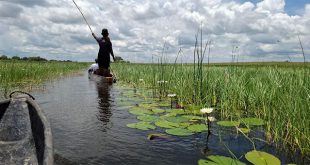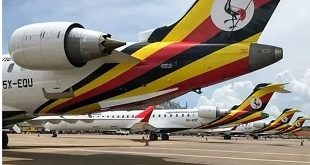
Rwanda has now fully reopened the Gatuna border with Uganda, ending a three-year impasse on the Northern Corridor, one of East Africa’s key transport arteries that funnels goods from the Indian Ocean seaport of Mombasa to Uganda, Rwanda, Burundi and Democratic Republic of Congo. Rwanda abruptly closed the border in February 2019 after it accused Uganda of abducting its citizens and supporting rebels seeking to topple President Paul Kagame. Legal scholar, Filip Reyntjens; Emeritus Professor of Law and Politics Institute of Development Policy (IOB), University of Antwerp, takes us through the nature of Rwanda-Uganda relations.
What’s the brief history of Uganda-Rwanda relations?
The presidents of Uganda and Rwanda, Yoweri Museveni and Paul Kagame, were close allies during the civil wars of Uganda (1981 to 1986) and Rwanda (1990 to 1994). They were also on the same side in the first (Democratic Republic of Congo) war that removed Mobutu Sese Seko, between 1996 and 1997.
But the two leaders fell out during the second Congo war (between 1998 and 2003). Uganda and Rwanda clashed over the exploitation of Congolese resources and the management of the rebellion against Laurent Kabila, whose forces had deposed Mobutu Sese Seko. Rwandan and Ugandan armies fought each other in the Democratic Republic of Congo in 1999 and 2000.
A semblance of peace was restored between the two leaders in the early 2000s but trust never returned. A new round of hostile verbal exchanges erupted in 2017, and they escalated considerably in early 2019. This time, Rwanda accused Uganda of harbouring armed dissidents and victimising Rwandans.
A 2018 UN report found Uganda had provided support to Rwandan dissidents. Uganda too claimed that Rwanda was engaging in acts of espionage and attempts to destabilise Uganda.
Other issues included air traffic rights, the construction of a standard gauge railway, and energy projects.
In March 2019, Rwanda’s closure of the Gatuna/Katuna border crossing sealed the rupture. Influential opinion makers close to both countries’ regimes didn’t rule out the possibility of direct war.
Later that year, the two leaders signed an agreement brokered by the Angolan and Congolese presidents. The Luanda Memorandum of Understanding called on both countries to desist from “acts such as the financing, training and infiltration of destabilising forces”. It also called for respect of rights, freeing of each other’s nationals and resumption of cross-border activities.
But there was very little progress. The two leaders continued to trade accusations. It seemed unlikely that, as long as Museveni and Kagame were at the helm, bilateral relations would ever improve.
How important is the Gatuna border crossing?
Gatuna is one of the most important borders in East Africa as it connects Kenya’s Mombasa port to various cities in the region. On average, 2,518 trucks pass through the Gatuna border every month (84 trucks per day) into Uganda, Rwanda, Burundi and eastern Democratic Republic of Congo. The East African Community has since upgraded it into a one-stop border post. Its closure had choked off commerce in East Africa. Its re-opening is set to spark social and economic activities and also benefit the informal cross-border traders.
What’s fuelling the border conflict now?
The border stalemate is about two presidents who know each other well, and their mutual dislike and distrust is deeply ingrained. On 22 January, Kagame met Lt. General Muhoozi Kainerugaba, Museveni’s senior presidential advisor on special operations and commander of the Uganda People Defence Forces. Kainerugaba has no official function in Uganda’s foreign affairs apparatus, but he is Museveni’s son. Three days after the visit, in a gesture of goodwill, Museveni replaced intelligence chief Major General Abel Kandiho, who is considered in Kigali as “anti-Rwanda”. Three days later, Rwanda announced a partial reopening of the Gatuna/Katuna border crossing.
But on 31 January, Rwandan deputy government spokesman Alain Mukuralinda told Rwanda TV that Uganda had not yet addressed all of Kigali’s grievances.
Has the East African region seen the last of this conflict?
The border issue is not a settled matter. The initial border reopening, which took place on 1 February, was made subject to COVID-19 protocols. Even with full reopening on 7 March, the situation at the border remains confused over the conflicting handling of the COVID-19 protocols by national agencies.
Ominously, on 8 February, Kagame told Parliament that Rwanda was ready to respond to any external threat. He said: “We wish everybody in the region peace, but anyone who wishes us war, we give it to him”.
Kagame referred to rebel forces in the DRC, but the Ugandan army has been deployed there cooperating with the Congolese army against the Allied Democratic Forces, and a Rwandan intervention would carry the risk of a new confrontation with the Ugandan troops. The next day, Museveni appointed Kandiho as Chief of the Joint Staff of the Uganda Police Force.
How can this dispute be resolved?
The mutual aversion between Museveni and Kagame is so deep that it has become hard to expect a long lasting solution to a conflict that has poisoned relations for over 20 years. After the 2015 constitutional amendment Kagame can potentially stay in power until 2034. Although Museveni is not bound by term limits, he will be 82 years old at the time of the 2026 presidential election. Kainerugaba is often mooted as the anointed successor and he appears to want to make peace with Rwanda. In the absence of initiatives by regional leaders, change will have to come from inside Rwanda and Uganda.
****
Source: The Conversation
 The Independent Uganda: You get the Truth we Pay the Price
The Independent Uganda: You get the Truth we Pay the Price






Thanks